The Ultimate Guide To Different Hydrangeas
The Ultimate Guide to Different Hydrangeas
Hydrangeas are some of the most popular flowering shrubs in the world. They come in a wide variety of shapes, sizes, and colors, making them a versatile addition to any garden. In this guide, we will explore the different types of hydrangeas, how to care for them, and how to choose the perfect hydrangea for your needs.
Types of Hydrangeas
There are many different types of hydrangeas, but they can be broadly divided into three categories: bigleaf hydrangeas, panicle hydrangeas, and smooth hydrangeas.
- Bigleaf hydrangeas (Hydrangea macrophylla) are the most common type of hydrangea. They have large, round flower heads that can be blue, pink, purple, or white. Bigleaf hydrangeas are relatively easy to care for and are a good choice for most gardens.
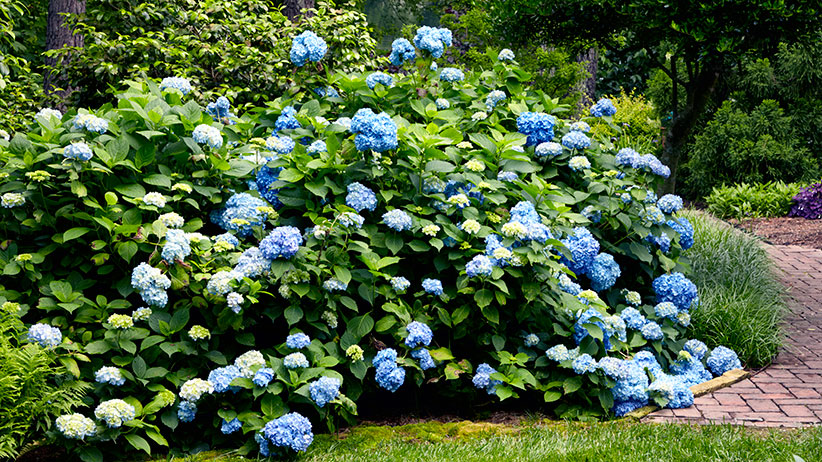
- Panicle hydrangeas (Hydrangea paniculata) are known for their long, cone-shaped flower clusters. They can be white, pink, or blue, and they tend to bloom later in the season than bigleaf hydrangeas. Panicle hydrangeas are a good choice for gardens that receive full sun.
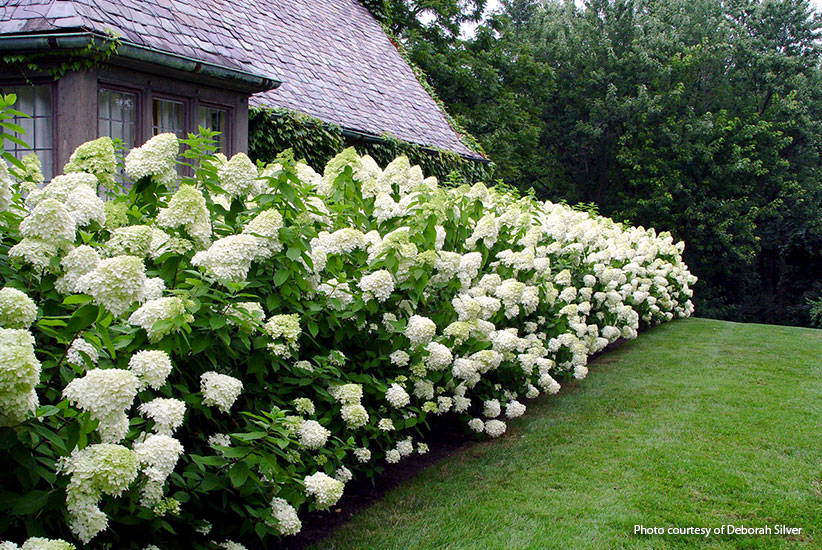
- Smooth hydrangeas (Hydrangea arborescens) have small, white flowers that are arranged in flat-topped clusters. They are a good choice for gardens that receive partial shade.

Caring for Hydrangeas
Hydrangeas are relatively easy to care for, but they do have some specific requirements. They need well-drained soil and full sun or partial shade. They also need regular watering, especially during the summer months.
The color of hydrangea flowers can be affected by the pH of the soil. In acidic soil, hydrangeas will bloom blue. In alkaline soil, they will bloom pink. If you want to change the color of your hydrangeas, you can add sulfur to the soil to lower the pH or lime to raise the pH.
Choosing the Right Hydrangea for Your Needs
When choosing a hydrangea for your garden, there are a few factors to consider:
- Size: Hydrangeas come in a variety of sizes, so be sure to choose one that will fit in your garden.
- Sun exposure: Some hydrangeas prefer full sun, while others prefer partial shade.
- Color: Hydrangeas come in a wide variety of colors, so you can choose one that will match your garden's color scheme.
- Hardiness: Hydrangeas are hardy in different zones, so be sure to choose one that will survive in your climate.
Conclusion
Hydrangeas are beautiful and versatile plants that can add a touch of elegance to any garden. With a little care, hydrangeas can thrive for many years.
Hydrangeas are one of the most popular flowering shrubs in the world, and for good reason. They come in a wide variety of colors, sizes, and shapes, and they can be grown in a variety of climates. If you're thinking about adding hydrangeas to your garden, I recommend visiting . This website is a great resource for information about different hydrangeas, including their care requirements, planting instructions, and pest and disease prevention tips.
In addition to providing comprehensive information about hydrangeas, also features beautiful photos of these stunning flowers. Whether you're looking for inspiration for your own garden or just want to learn more about hydrangeas, I highly recommend checking out this website.
FAQ of different hydrangeas
What are the different types of hydrangeas?
There are many different types of hydrangeas, but some of the most popular include:
- Bigleaf hydrangeas (Hydrangea macrophylla) are the most common type of hydrangea in the United States. They have large, showy flowers that can be blue, pink, or purple.
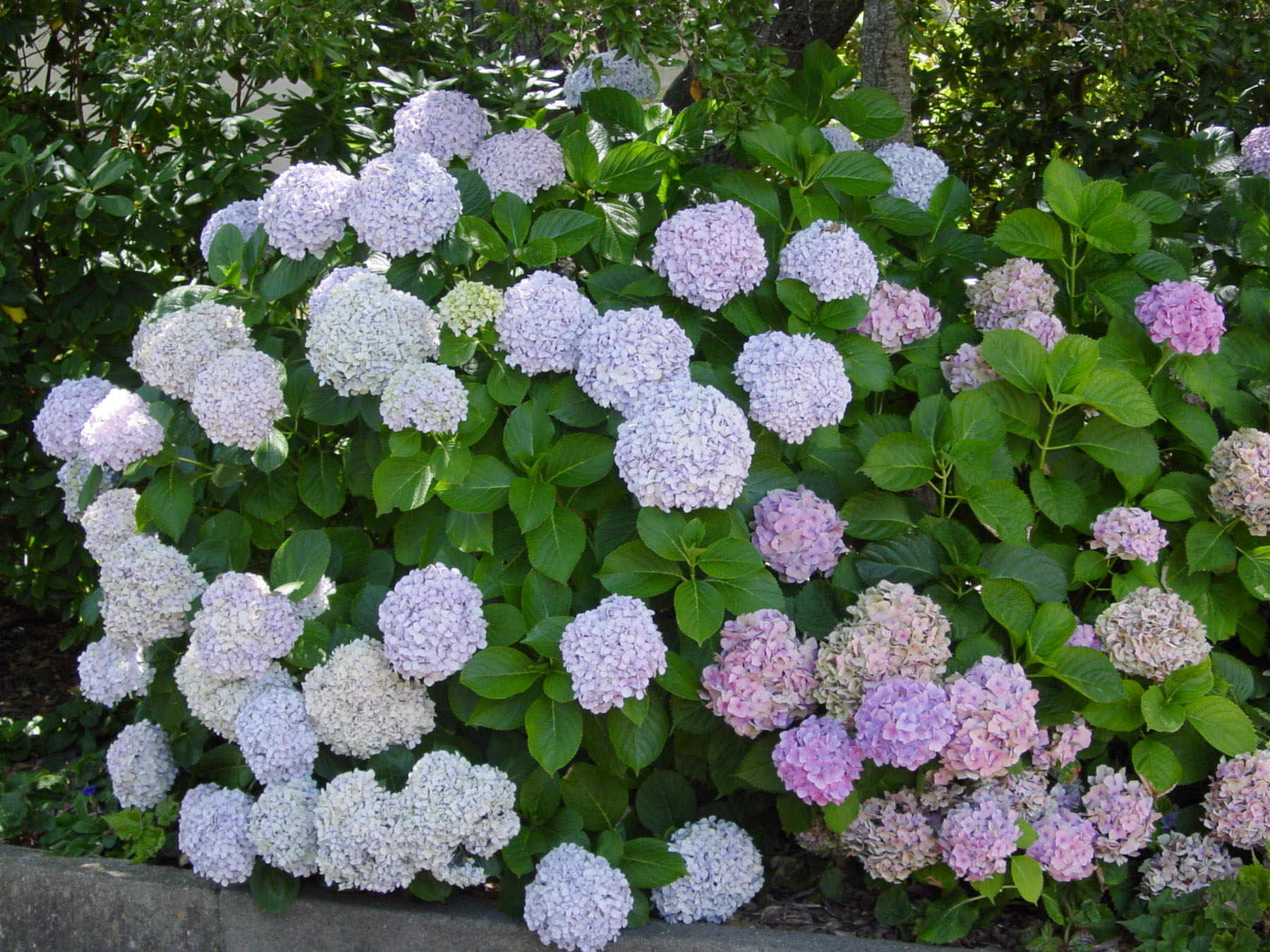
- Mophead hydrangeas are a type of bigleaf hydrangea with large, round flower heads.
- Lacecap hydrangeas are another type of bigleaf hydrangea with flat, flower heads that have a ring of large sterile flowers surrounded by smaller fertile flowers.
- Panicle hydrangeas (Hydrangea paniculata) are a type of hydrangea that blooms on new wood in the spring. They have large, cone-shaped flower clusters that can be white, pink, or purple.
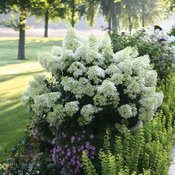
- Smooth hydrangeas (Hydrangea arborescens) are a type of hydrangea that is native to North America. They have smaller flowers than other types of hydrangeas, but they are very hardy and easy to care for.

What factors affect the color of hydrangea flowers?
The color of hydrangea flowers is affected by the acidity of the soil. In acidic soil, hydrangea flowers will be blue. In alkaline soil, hydrangea flowers will be pink. You can change the color of hydrangea flowers by adjusting the acidity of the soil.
How do I care for hydrangeas?
Hydrangeas are relatively easy to care for. They prefer partial shade and moist, well-drained soil. They should be watered regularly, especially during the summer months. Hydrangeas should be fertilized in the spring with a balanced fertilizer.
How do I prune hydrangeas?
The best time to prune hydrangeas is in the spring, before new growth begins. Bigleaf hydrangeas and smooth hydrangeas should be pruned lightly, removing only dead, diseased, or damaged branches. Panicle hydrangeas can be pruned more heavily, up to one-third of their total height.
What are some common problems with hydrangeas?
Some common problems with hydrangeas include:
- Leaf spot is a fungal disease that can cause leaves to turn brown and fall off.
- Pests such as aphids, scale, and spider mites can also damage hydrangeas.
- Drought stress can cause hydrangeas to wilt and drop leaves.
Image of different hydrangeas
- Hydrangea macrophylla is the most common type of hydrangea. It has large, round flowers that can be blue, pink, or white.
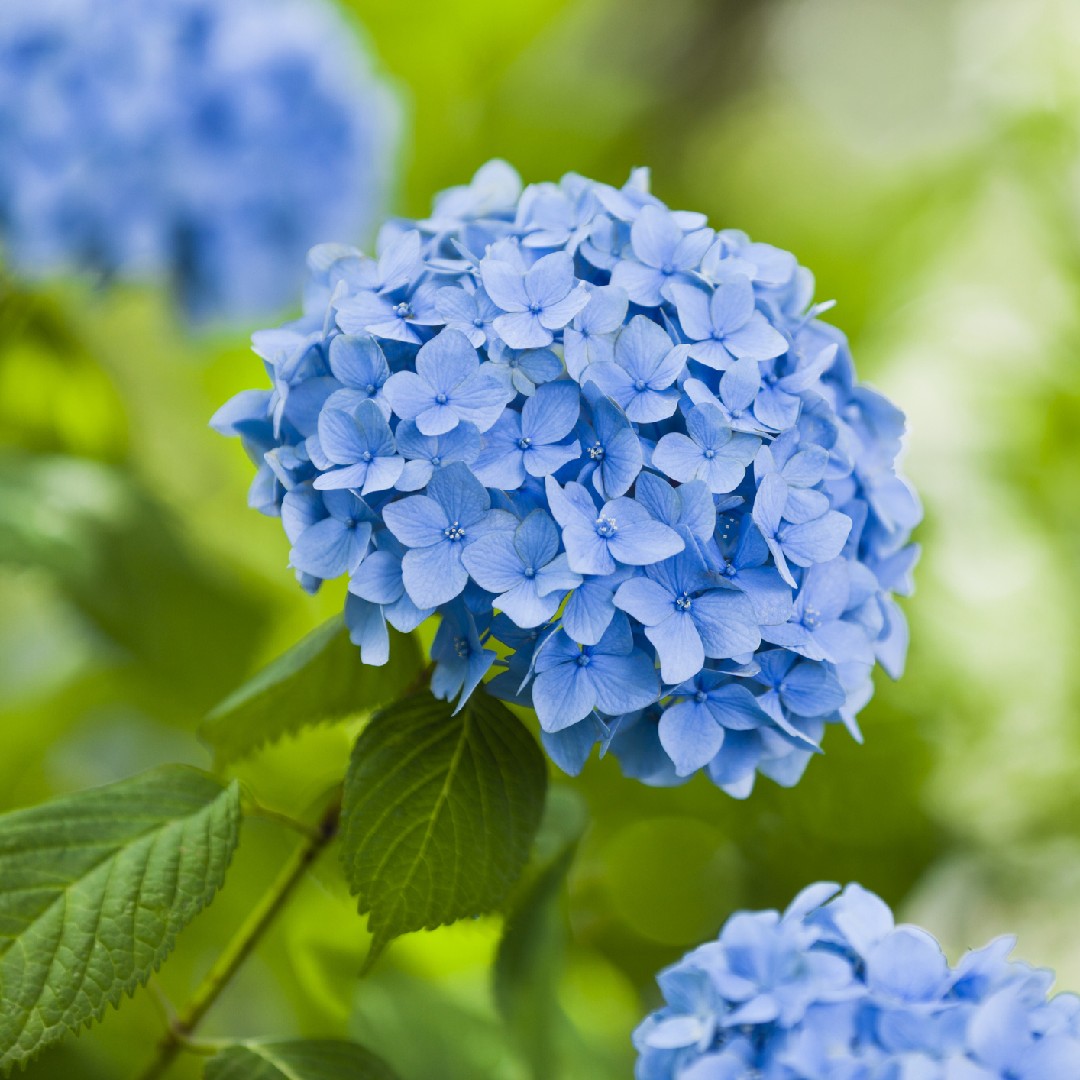
- Hydrangea paniculata is a taller type of hydrangea with panicles, or clusters, of flowers. The flowers can be white, pink, or blue.

- Hydrangea arborescens is a smaller type of hydrangea with white flowers. It is often used as a groundcover or border plant.

- Hydrangea quercifolia is a deciduous hydrangea with oak-shaped leaves. The flowers can be white, pink, or blue.
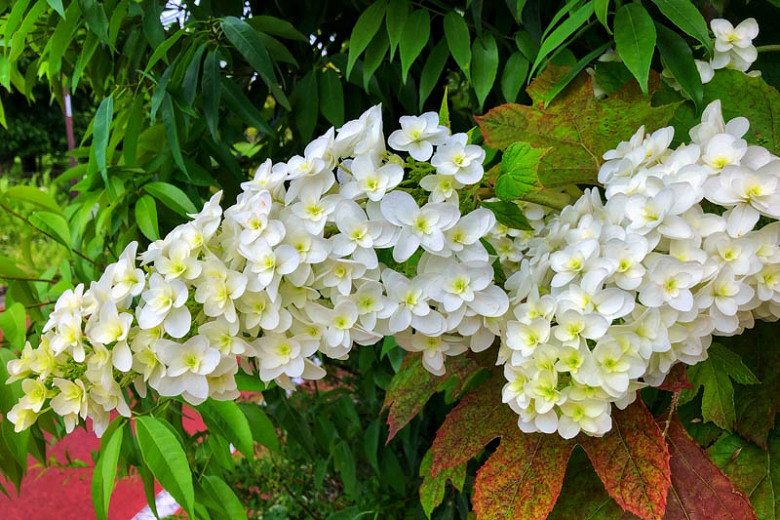
- Hydrangea serrata is a late-blooming hydrangea with lacecap flowers. The flowers can be white, pink, or blue.

Post a Comment for "The Ultimate Guide To Different Hydrangeas"